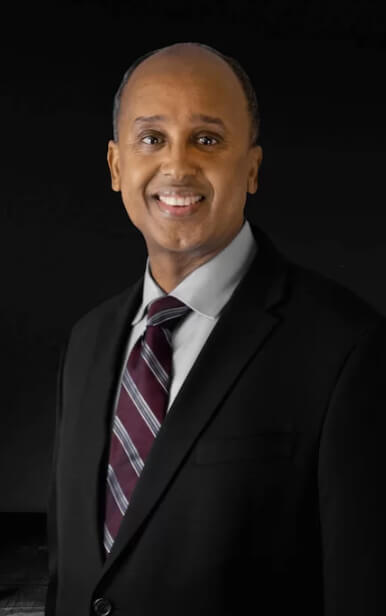What To Look For in a Cosmetic Surgeon
- Board Certification (and then some): A surgeon who’s certified by the American Board of Surgery and holds additional cosmetic credentials shows commitment to rigorous standards and continuing education.
- Fellowship & Professional Memberships: Membership in organizations such as the American College of Surgeons (ACS) or the American Academy of Cosmetic Surgery (AACS) signifies peer-reviewed excellence.
- Years (and Variety) of Experience: Look for someone who doesn’t just dabble in breast surgery but performs it regularly. Bonus points if they have a broader background—think reconstructive or bariatric work—that sharpens their aesthetic eye.
- Before‑and‑After Galleries You Actually Love: Browse real patient photos. Pay attention to scar placement, symmetry, and how natural the proportions look.
- Patient Reviews That Feel Genuine: Consistent praise about bedside manner, clear instructions, and smooth recovery is an excellent indicator of what your own journey may look like.
- A Welcoming Practice Culture: Friendly staff, responsive communication, and a clean, accredited facility contribute more to your peace of mind than you might expect.
Don’t Be Afraid to Ask Questions
Bringing a notebook (or the Notes app) to your consultation is totally normal. Consider these conversation‑starters:- “How many breast reductions do you perform each month?” Volume equals experience.
- “What techniques do you prefer, and why?” Anchor, lollipop, and vertical methods all have pros and cons—ask which fits your anatomy and goals.
- “May I see photos of patients with a similar body type?” It’s easier to picture your results when the “before” looks like your “now.”
- “What should I expect during recovery?” Clear timelines for downtime, activity restrictions, and follow-up visits help you plan your work and family life.
- “How do you handle revisions or complications?” A confident, transparent answer shows the surgeon values long‑term patient satisfaction.
- “Will I meet the anesthesiologist beforehand?” Knowing the full team builds trust and eases pre‑op jitters.




